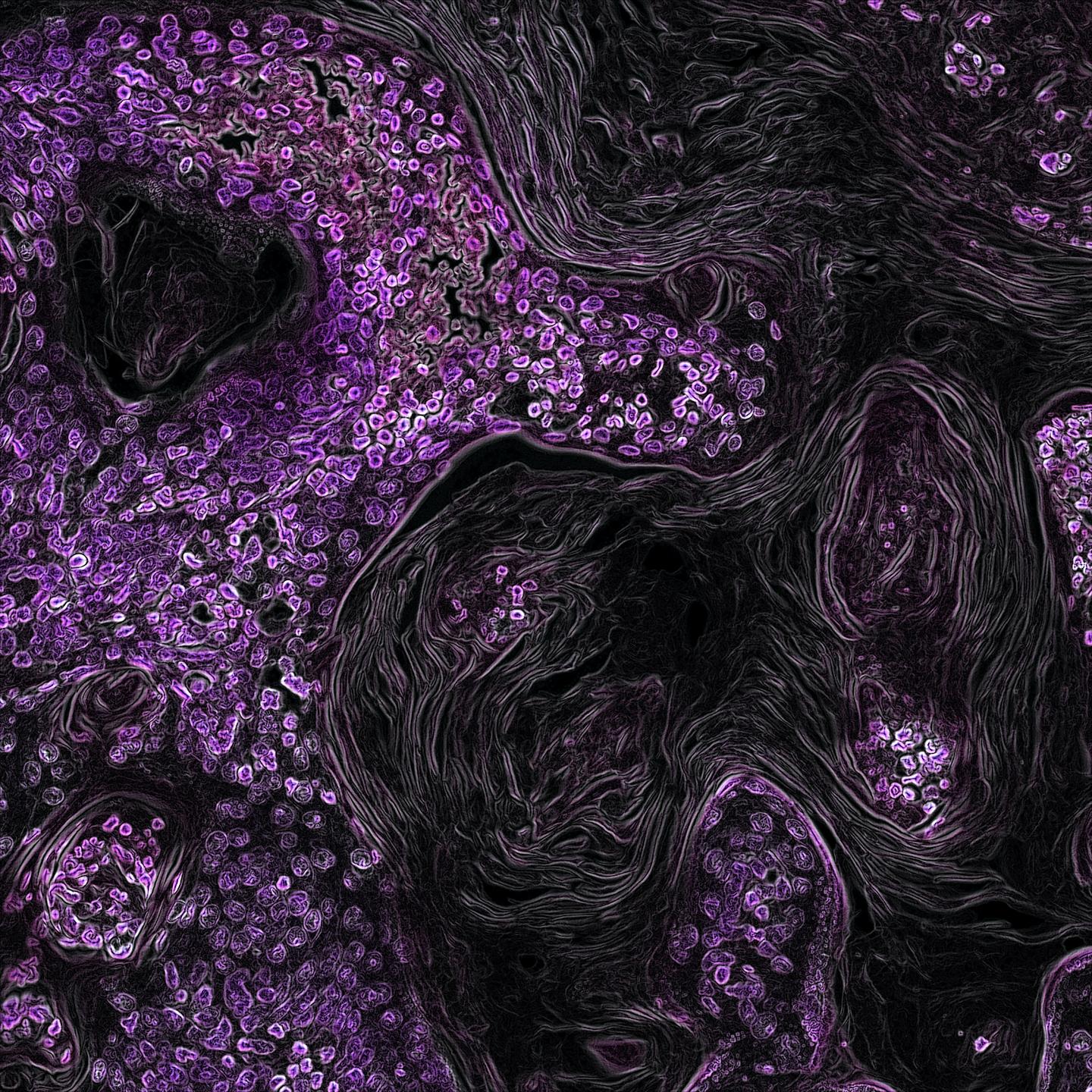1.1 Sample 1 » Overview
MULTICELLULARITY & CELLULAR GEOMETRY
The evolution of multicellular organisms from single-celled ancestors enabled increases in size as well as morphological and functional complexity. In the early stages of the transition to multicellularity, organism size and complexity are closely related. How do simple multicellular organisms become larger? Is the size of a multicellular organism controlled exclusively by cell number? Or do cell shape and cell packing play roles in the capacity to become large? How do larger multicellular organisms, confronted with larger intercellular stresses, avoid fragmentation?
Ordinary budding yeast (Saccharomyces cerevisiae) can undergo a transition to become multicellular "snowflake yeast", allowing investigatation of the cellular properties that promote larger organismal size. Experimental studies and computational models can be used together to understand how the geometry of individual cells affects the size of multicellular snowflake yeast clusters.
READING
Jacobeen, S., Graba, E. C., Brandys, C. G., Day, T. C., Ratcliff, W. C., & Yunker, P. J. (2018). Geometry, packing, and evolutionary paths to increased multicellular size. Physical Review E, 97(5), 050401.
SPECIALIZED TERMS
- cellular aspect ratio: length of the cell relative to its width
- cellular packing fraction: fraction of available area occupied by buds (daughter cells)
- cluster volume fraction: fraction of multicellular cluster occupied by cells as opposed to intercellular space
- intracellular stress: forces acting internally to deform a cell
- nascent multicellularity: the transition to a new multicellular state from a very recent single-celled ancestor
- packing geometry: the orientations of cells relative to each other in space

